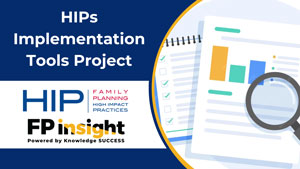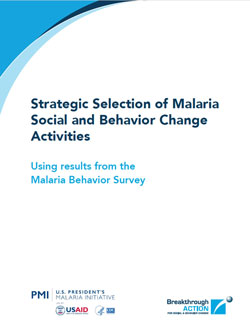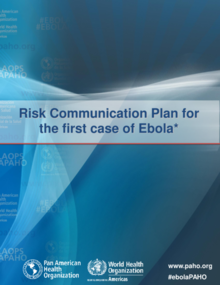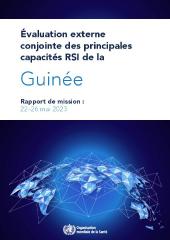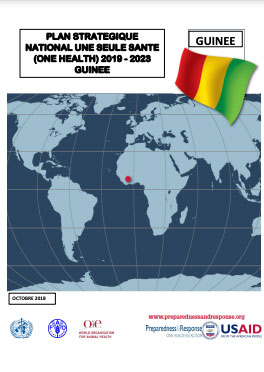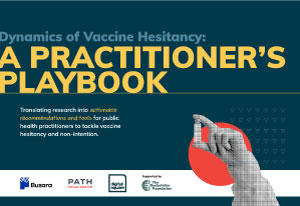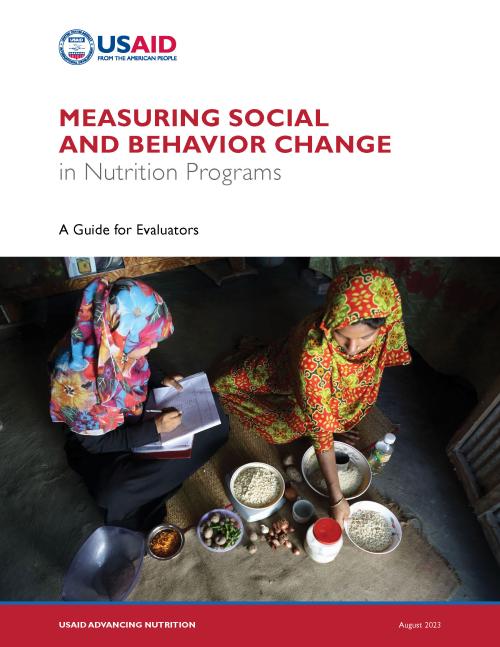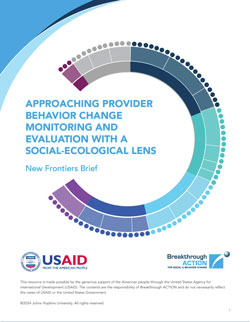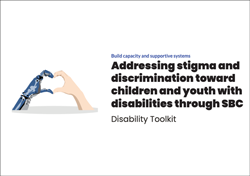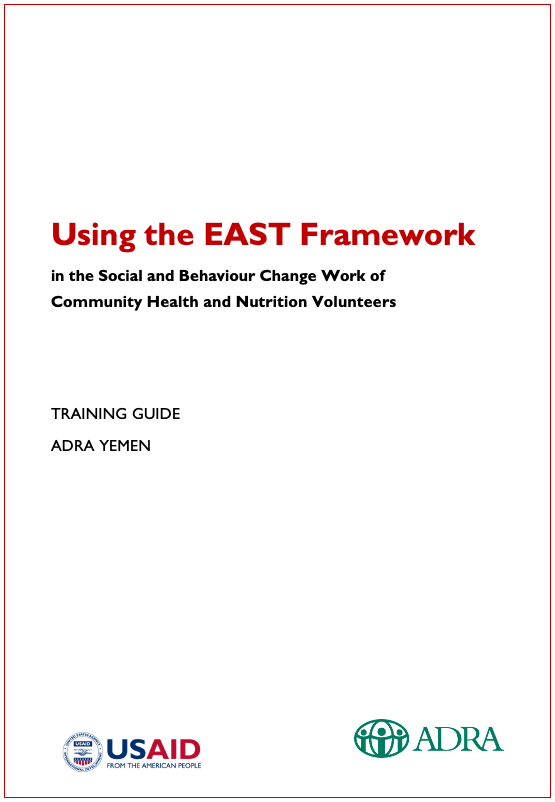Évaluation externe conjointe des principales capacités RSI de la Guinée
L’Organisation mondiale de la Santé (OMS) a élaboré un processus de suivi-évaluation de la mise en œuvre des principales capacités demandées par le RSI (2005). Ce processus est composé de quatre activités principales : (1) les rapports annuels à rapporter à l’Assemblée mondiale de la Santé, (2) l’évaluation externe conjointe (EEC), (3) les revues après action (RAA) et (4) les exercices de simulation.
L’outil d’évaluation externe conjointe (EEC) mesure l’aptitude du pays à prévenir, détecter et répondre rapidement aux menaces de santé publique, qui résultent d’événements naturels, accidentels ou délibérément provoqués, selon les exigences du RSI (2005). Au terme de ce processus d’évaluation, un plan d’action national multisectoriel devra être élaboré.
La mission d’évaluation externe conjointe de la mise en œuvre des principales capacités du Règlement sanitaire international (RSI 2005) s’est déroulée du 22 au 26 mai 2023 à Conakry, en Guinée. Elle a été conduite par quinze évaluateurs externes, en collaboration avec des experts nationaux, issus de diverses institutions et services impliqués dans la mise en œuvre du RSI (2005).
Les points focaux nationaux – couvrant les 19 domaines techniques du RSI, avec leurs 56 indicateurs – ont tour à tour présenté les résultats de leur autoévaluation devant un panel d’experts en la matière, à l’échelle nationale et internationale.
Les présentations de chaque domaine technique ont porté sur le niveau de mise en œuvre du RSI dans le pays, ainsi que sur le rôle des acteurs nationaux, tout en prenant en compte l’approche « Un monde, une santé ».
Un aperçu général des capacités du pays a été dressé, mettant en exergue à la fois les atouts, les faiblesses et les défis pour chaque domaine, permettant ainsi d’attribuer des scores pour chaque indicateur et de proposer des mesures prioritaires en vue de relever chaque défi identifié.
Joint external evaluation of Guinea’s key RSI capabilities
The World Health Organization (WHO) has established a process to monitor and evaluate the implementation of the key capabilities outlined by the International Health Regulations (IHR, 2005). This process includes four main activities: (1) annual reports to the World Health Assembly, (2) Joint External Evaluations (JEE), (3) after-action reviews (AAR), and (4) simulation exercises.
The Joint External Evaluation (JEE) tool assesses a country’s ability to prevent, detect, and respond rapidly to public health threats, whether they arise from natural, accidental, or deliberate events, as required by the IHR (2005). Upon completion of this evaluation, a comprehensive, multi-sectoral national action plan is developed.
From May 22 to 26, 2023, a JEE mission was conducted in Conakry, Guinea, to assess the implementation of the IHR (2005) core capacities. Fifteen external evaluators collaborated with national experts from various institutions and departments involved in the IHR (2005) implementation.
National focal points representing the IHR’s 19 technical areas and 56 indicators presented the results of their self-assessments to a panel of national and international experts. These presentations covered the level of IHR implementation in the country, highlighting the roles of national actors and incorporating the “One World, One Health” approach.
A comprehensive overview of the country’s capabilities was developed, outlining the strengths, weaknesses, and challenges in each area. This enabled the assignment of scores for each indicator and the proposal of priority measures to address the identified challenges.
Source: World Health Organization/Organisation mondiale de la Santé
Date of Publication: July 30, 2024

